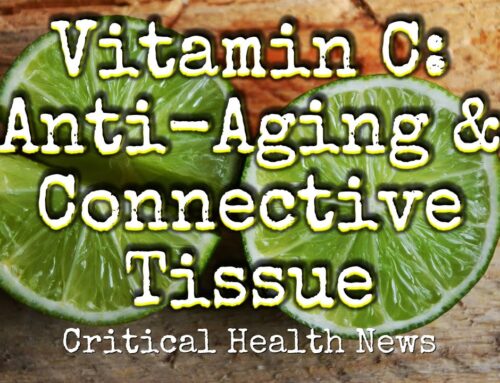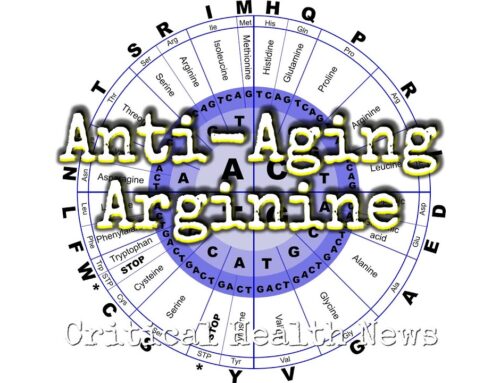There’s been a lot of noise in the cosmetic world recently about an anti-aging ingredient called “copper peptides”, a molecule being touted by beauty editors and skin care professionals for accelerating healing, eliminating wrinkles, strengthening the skin and improving various signs of aging.
Copper is involved in the development of connective tissue and collagen. It’s possible that deficiencies are a cause of various signs of skin aging including thinning and the formation of wrinkles, crow’s feet and fine lines. Unfortunately, copper is a transition metal well known for its inherent instability. It tends to transit readily from one form to another and this unstable tendency makes ordinary copper difficult to work with in skin care products.
Thus the importance of copper peptide, which contains a piece of the element wrapped inside three amino acids called a “tripeptide” or “peptide” for short. This protective wrapping stabilizes the essential nutrient and makes it available for cells to use. And that’s not all. As it turns out, copper peptide may also act as an epigenetic factor, turning on genetic sequences that are ultimately responsible for wound healing and connective tissue growth.
Still, as theoretically beneficial as copper peptides may be, whether or not they can actually penetrate through the skin’s upper layer to viable cells in the lower levels is unknown. The best way to use copper peptides is in microneedling procedures, which can support the mechanical delivery of the molecule to living cells underneath the skin’s surface.










